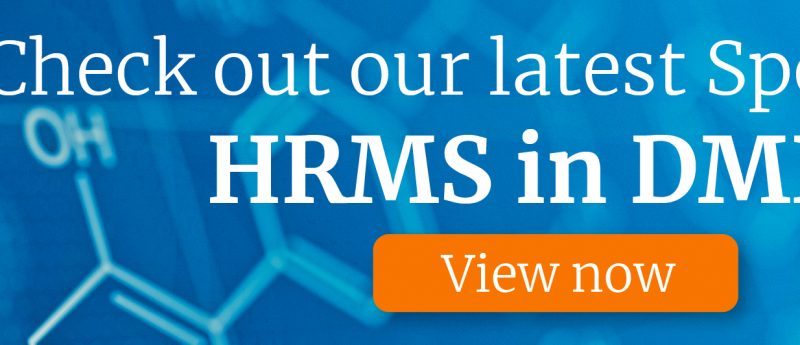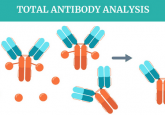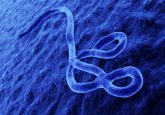Technical note (Bio-Rad): Characterization of critical reagents for ligand binding assays

Ligand binding assays are utilized throughout the large molecule drug development process. However their robustness, accuracy and reproducibility depend on the quality of critical reagents. The unique characteristics of these reagents are crucial to assay performance, and require careful characterization. To ensure their consistent characterization in bioanalytical laboratories, a team of pharmaceutical scientists have outlined recommendations and best practices for this process, particularly during the early stages of drug development.
Drug development relies on ligand binding assays (LBAs), which are bioanalytical procedures widely used to measure the immunogenicity of biotherapeutic molecules, and determine drug concentrations for pharmacokinetic analyses. The accuracy and performance of LBAs, however, depends on the quality of key reagents, called critical reagents. The Global Bioanalysis Consortium (GBC) and the European Medicines Agency classify critical reagents as analyte specific or binding reagents, specifically antibodies; peptides; engineered proteins; antibody, protein and peptide conjugates; reagent drugs; aptamers and anti-drug antibody (ADA) reagents including positive and negative controls (King et al. 2014). In 2014, the GBC expanded this definition to include biological matrices, in some instances (King et al. 2014). Utilizing poorly characterized critical reagents in LBAs could lead to inaccurate conclusions and delays in the drug development process. It is therefore necessary to properly characterize them early in the drug development program. However, their characterization and management varies between bioanalytical laboratories.
Read the full technical note here.
Click here for more information on Bio-Rad and for a comprehensive list of their products.






